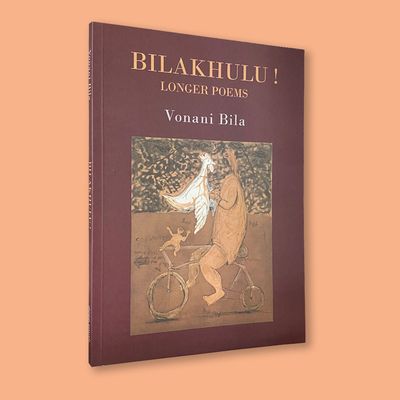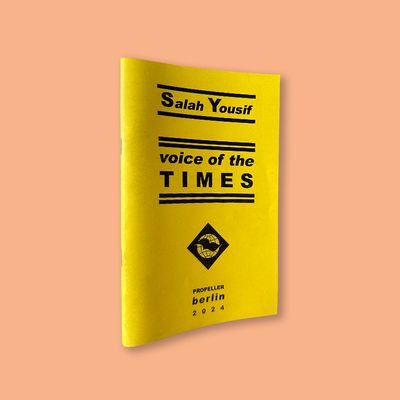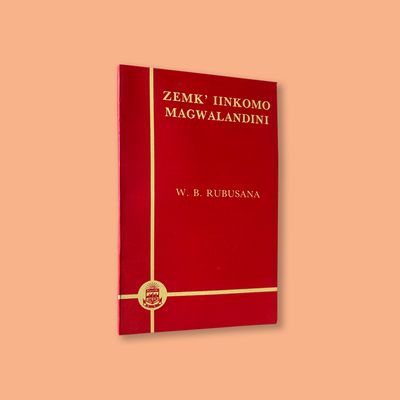Composed, arranged and performed by Neo Muyanga, this audio cd supplement was part of the Chimurenga Chronicle (October 2011) , a speculative newspaper which is issue 16 of Chimurenga.

Tracklist:
a) 1+1= (a re-composition of a 5000-year-old offering to Lord Ganesha, the Hindu deity, an opener of sorts)
b) 4:7 (heaven’s on the ocean is a proportional refrain on reaching nirvana, the 7th grade, via the mundane material world)
c) 3sin= rθ (sino projection technology theme)
d) 3(x)n (illegal border crossing and migration theme. composed for dancers)
e) e=mcx \rightarrow \infty (a true story about an explosive riot day with SADF soldiers who attacked Soweto on June 16th, 1985. Composed for those who got hurt)
f) ƒ:X→Y (horizon heart aflame. Composed for a lover)
g) (a summing of random themes theme)
h) 4x+2 (the 2 or 4 step theme)
i) y~ 6/8 (a travelling theme in 6 parts over eight. Composed for puppets)
j) y\ge \!\, 6/8 (a running theme in 6 parts over 8 )
k) 1/4° (a kota bread theme. Composed for skolies and thieves)
l) (a perpetual circle. Composed for an apartheid-era multi-racial soccer club)
African Cities Reader I: Pan-African Practices (March 2010)
African Cities Reader I: Pan-African Practices (March 2010)
In the launch issue Rustum Kozain muses over the cultural and alternative relations built, negotiations and dealings made as a resident of Cape Town (South Africa); Jean-Christophe Lanquetin’s SAPE Project is captured in a pictorial narrative; Gabeba Baderoon and Karen Press poetically expound on the daily traversing of the personal and the (institutional) impersonal; James Yuma investigates the intersection between religion and national narrative in the Democratic Republic of the Congo whilst Valentine Cascarino asks how would a recontextualisation of Kinshasha in Johannesburg (South Africa) fare?; Annie Paul explores the practice of death and burial rituals in postcolonial Jamaica; and Vyjayanthi Rao, Filip de Boeck and Abdou Maliq Simone discuss Kinshasa’s Invisible City and other African cities.

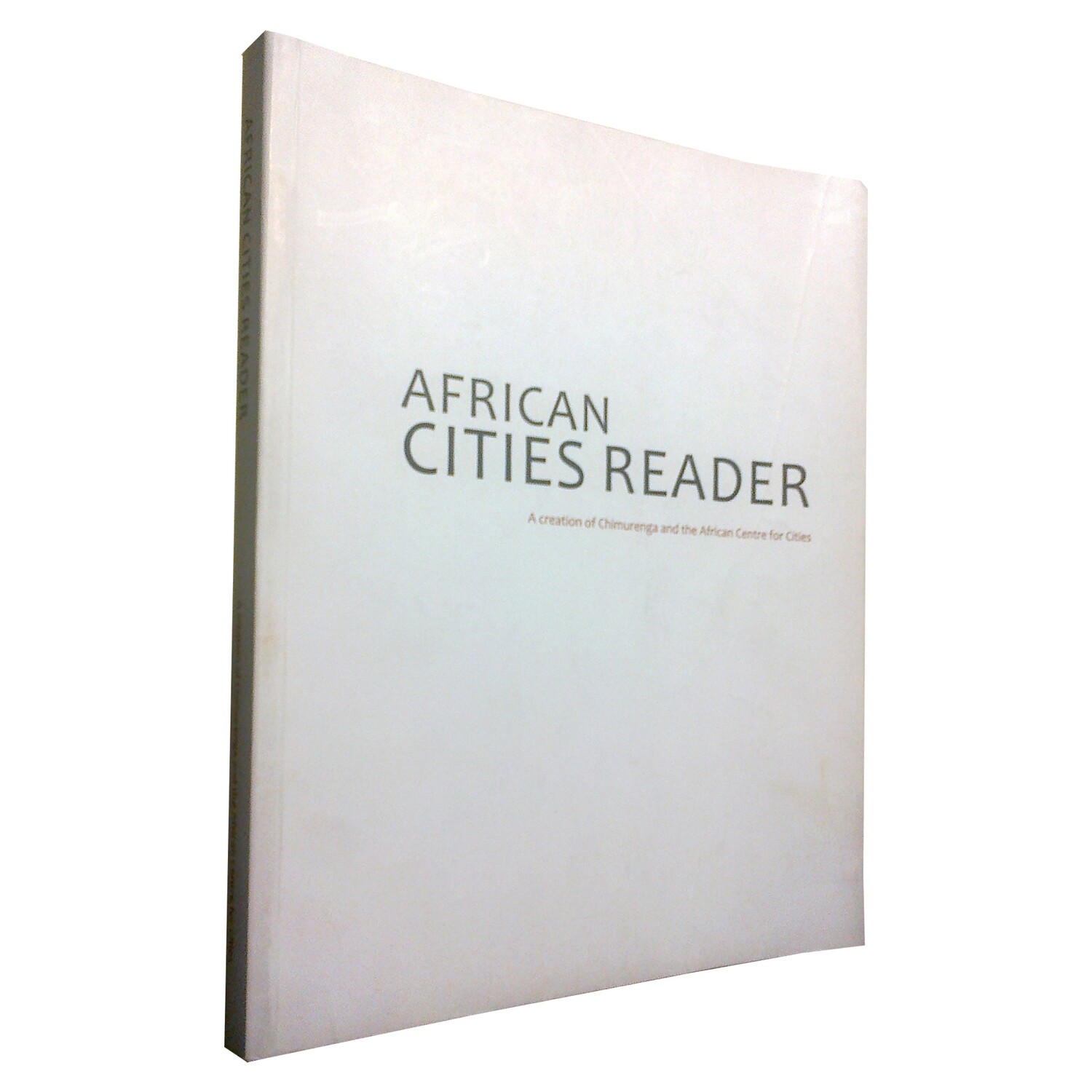
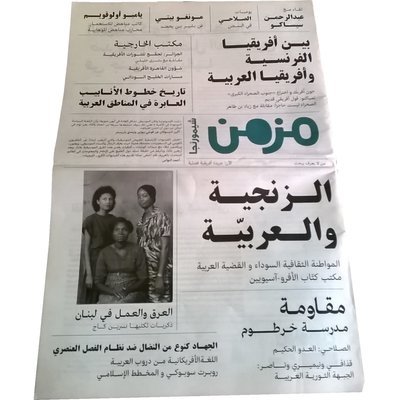
![Chimurenga Chronic: Brandfort, Liberation Capital [1977-86] (April, 2025) Chimurenga Chronic: Brandfort, Liberation Capital [1977-86] (April, 2025)](https://d2j6dbq0eux0bg.cloudfront.net/images/13929290/4861051266.jpg)
